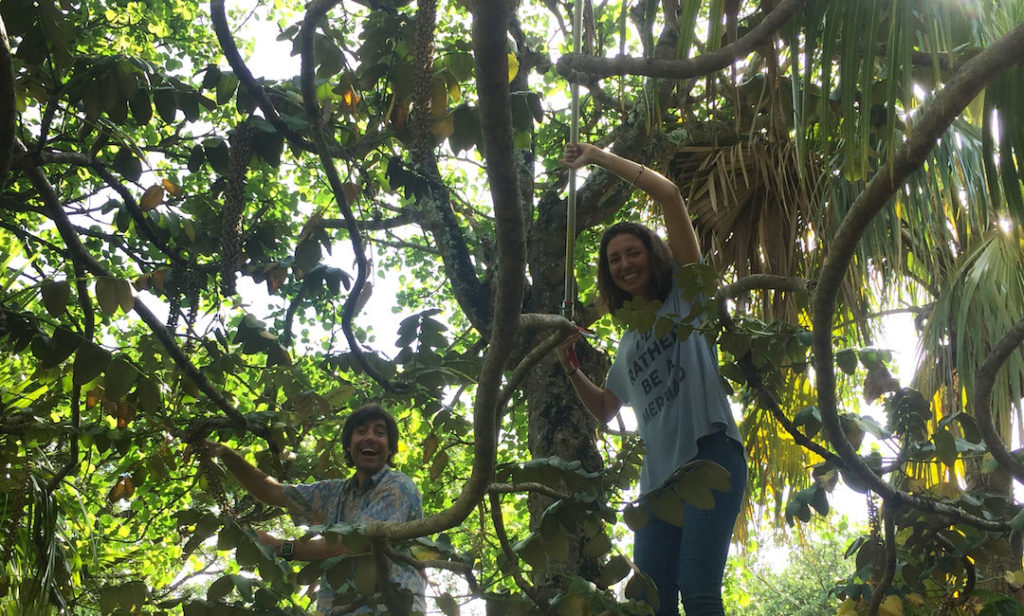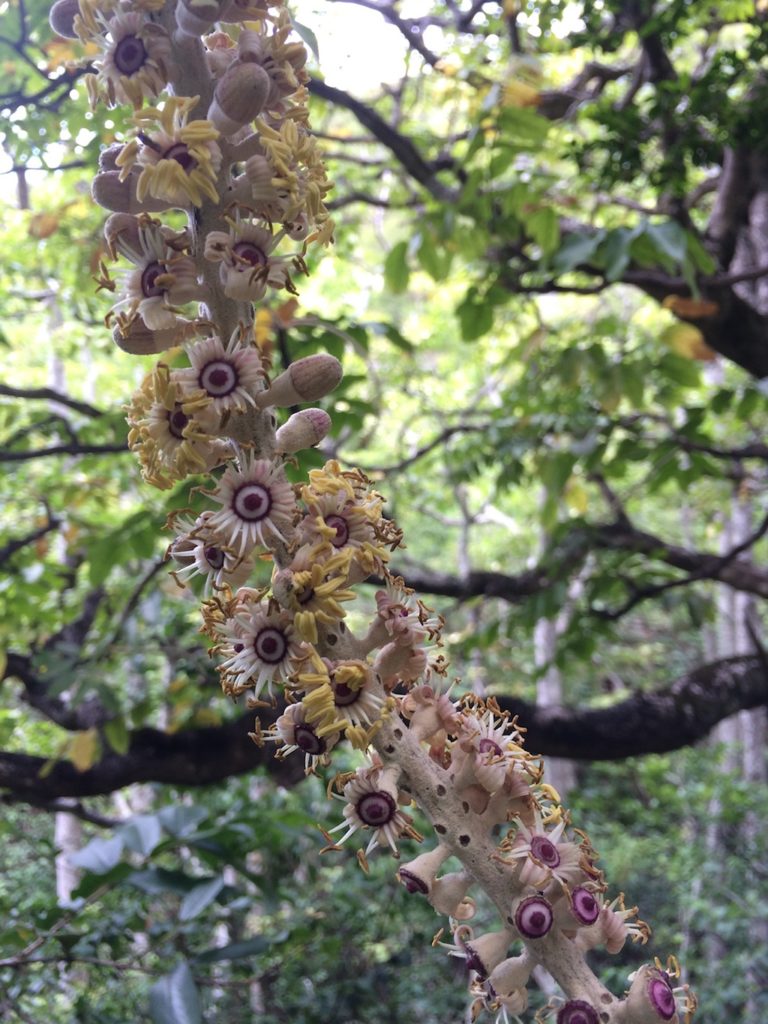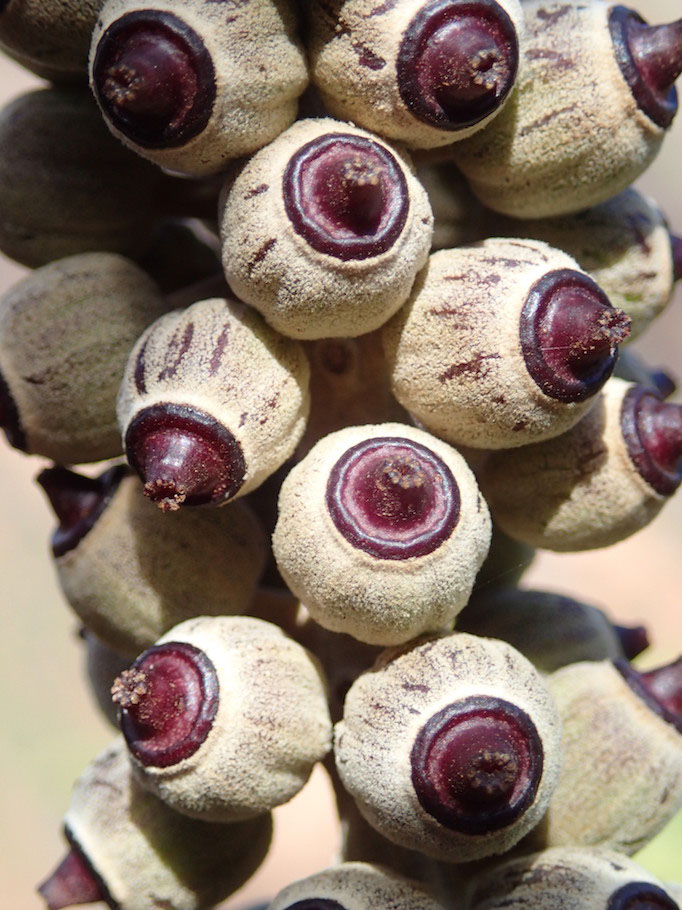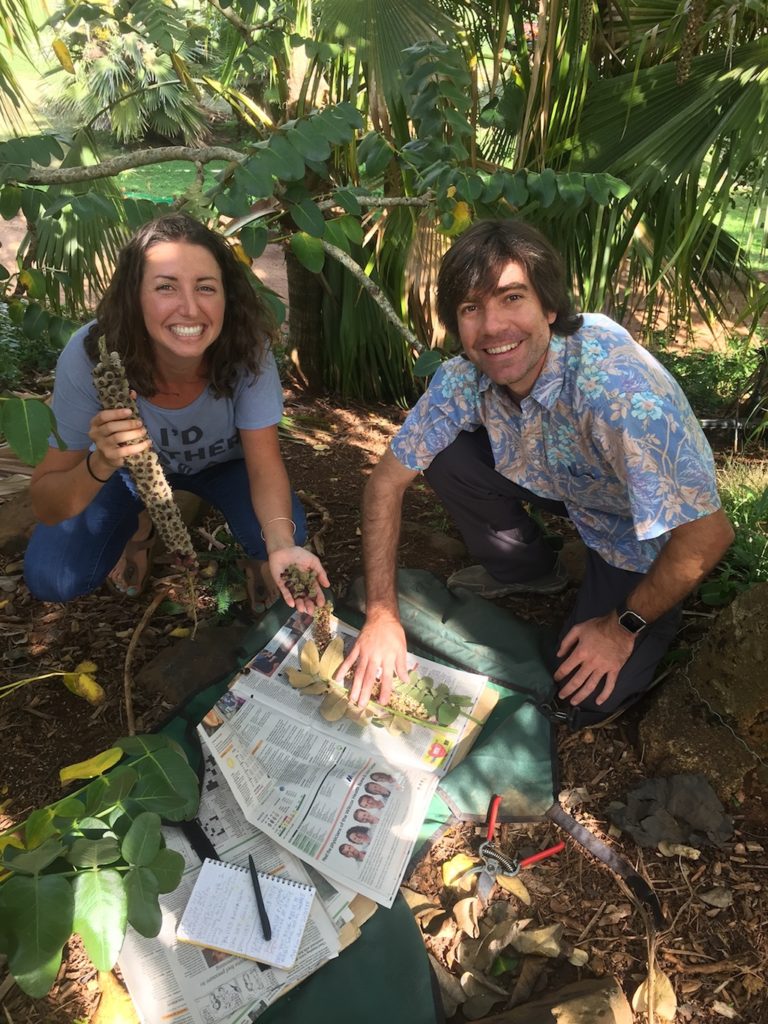Living collections augment wild seed harvest for rare species research
Hawai’i has less than 1% of the land mass of the United States, yet contains almost half of the threatened and endangered plant species listed under the U.S. Endangered Species Act. In alignment with the Global Strategy for Plant Conservation, the Hawai’i Strategy for Plant Conservation, and the National Seed Strategy, we are investigating methods to preserve and protect Hawaiian species of conservation importance ex situ in the Seed Bank and Laboratory at the National Tropical Botanical Garden (NTBG). Our emphasis is determining seed, fern spore, and pollen storage behavior, longevity and aging kinetics, pathogen abatement, and seed dormancy and dormancy alleviation of native Hawaiian plant species of conservation importance.
One challenge that comes to mind around the fall harvest is collecting enough seed from our rare and imperiled species in order to conduct robust, meaningful research into seed conservation biology. One way we’ve been able to overcome this challenge for some species is by utilizing our Living Collections. For example, one of the species in the CPC National Collection in which we are tasked as being caretakers and that we are thus focusing conservation efforts, is Polyscias racemosa.
Assessed as Critically Endangered on the IUCN Red List of Threatened Species, and federally listed as endangered, the wild population of P. racemosa is down to just 110 individuals. This taxon fruits in late October and early November, exemplifying a fall harvest species. This year and last, we were able to collect P. racemosa seed from our McBryde Garden to be used in seed storage behavior and dormancy experiments as well as strengthen our ex situ banked collection. Investigations are ongoing, but this taxon was one of the first to be assessed as a candidate for cryopreservation using liquid nitrogen, which rapidly freezes marginally desiccated seed to achieve the glassy state before being transferred to a -80°C freezer.
Our Living Collection has made it possible to answer research questions for rare species. The knowledge gained from these studies will help inform seedbank protocols in order to support in situ reintroduction and conservation efforts.




